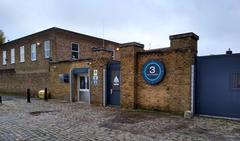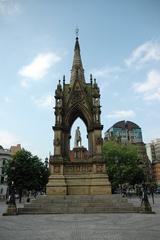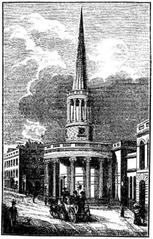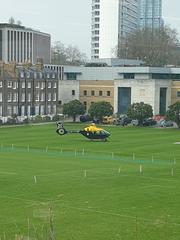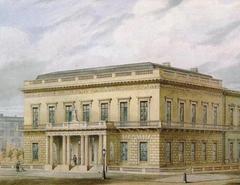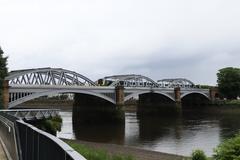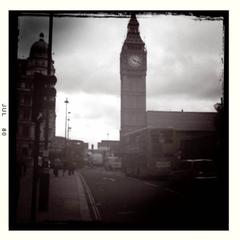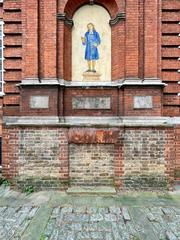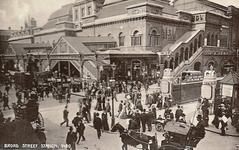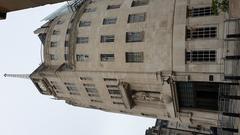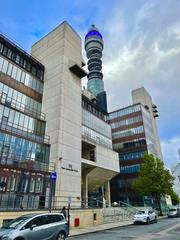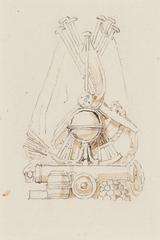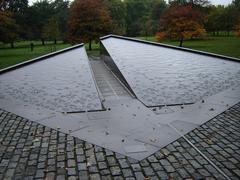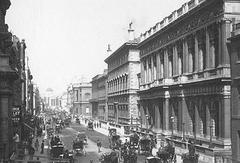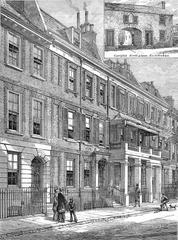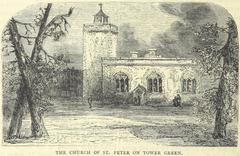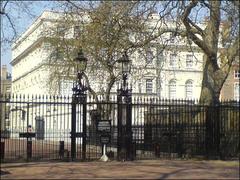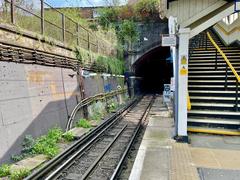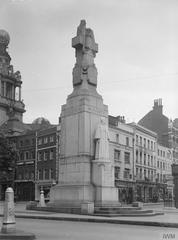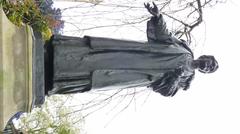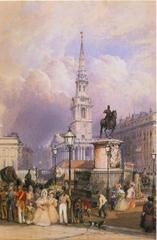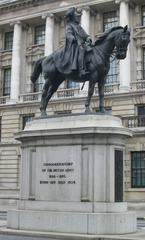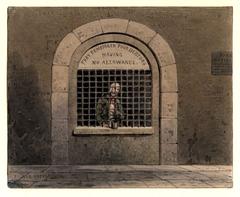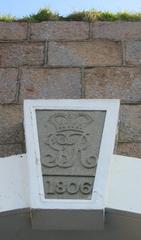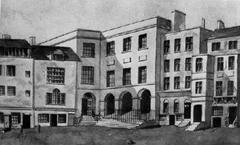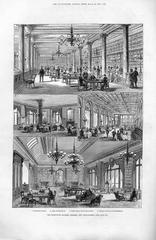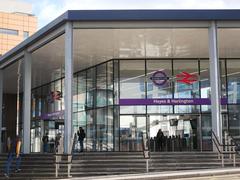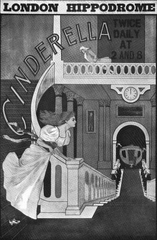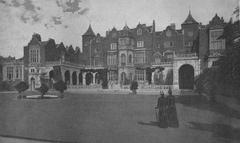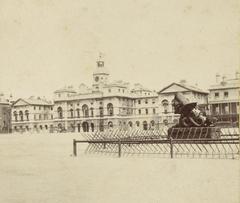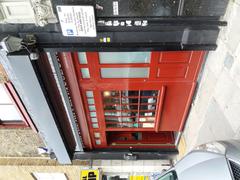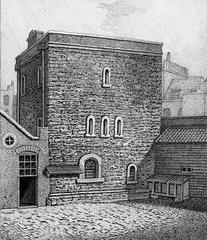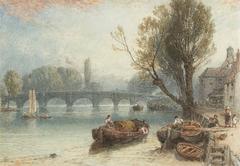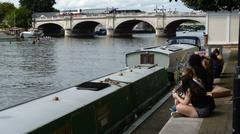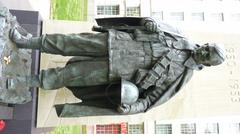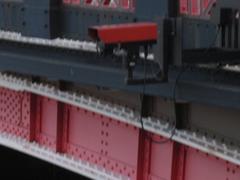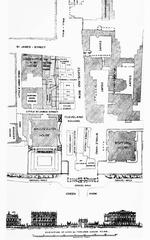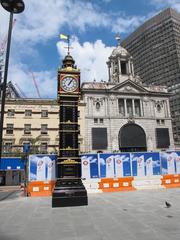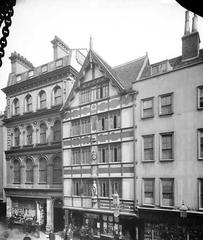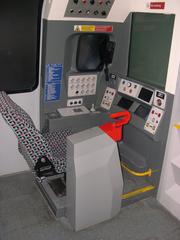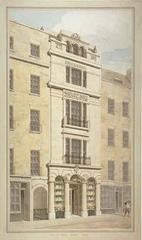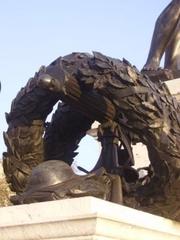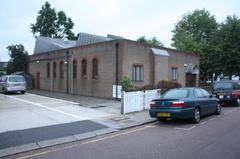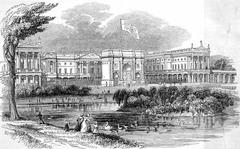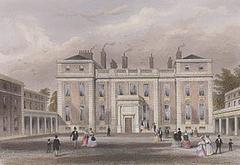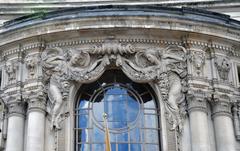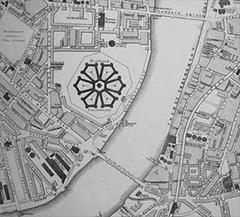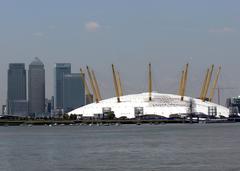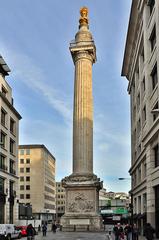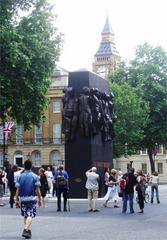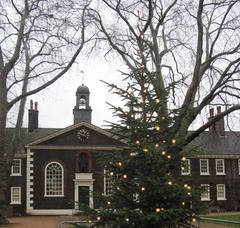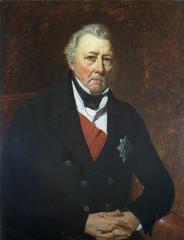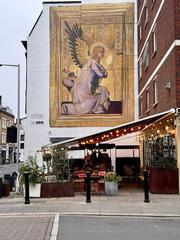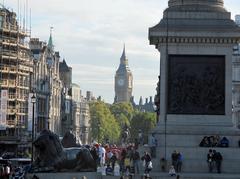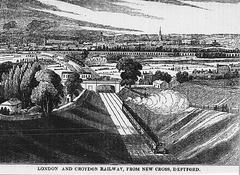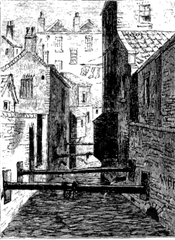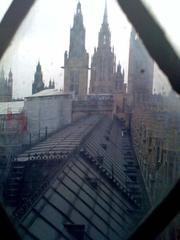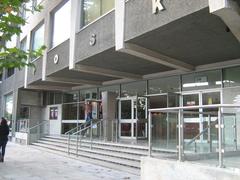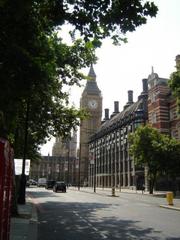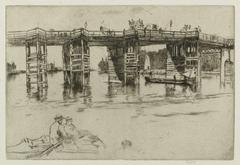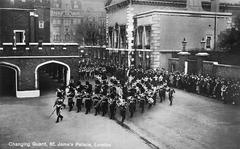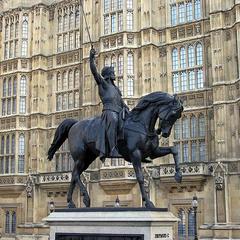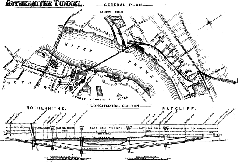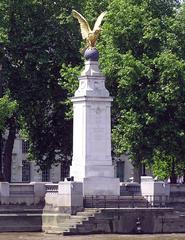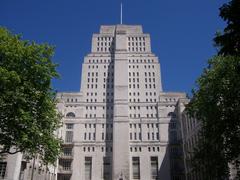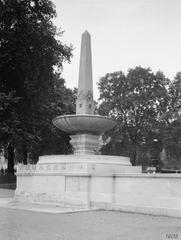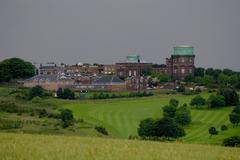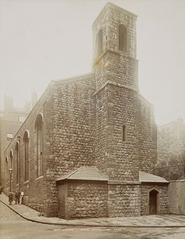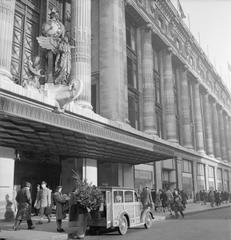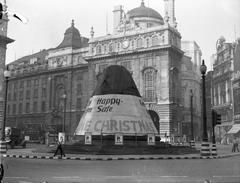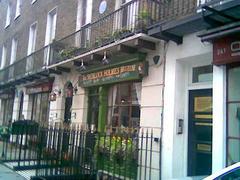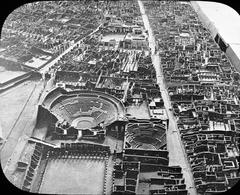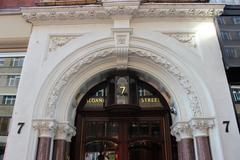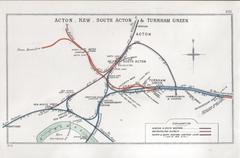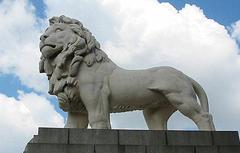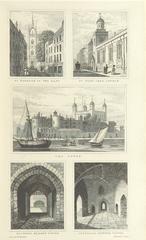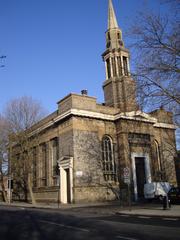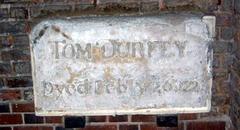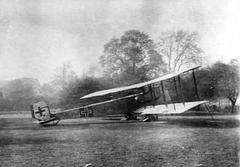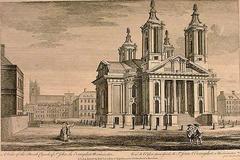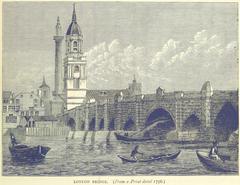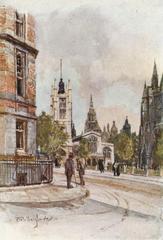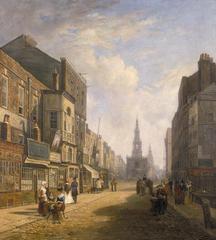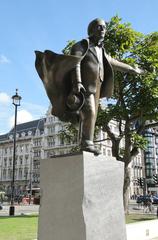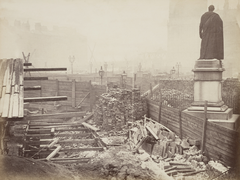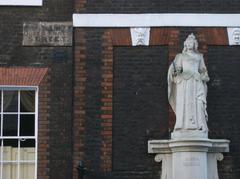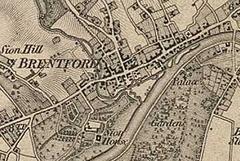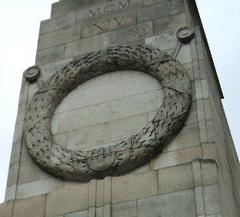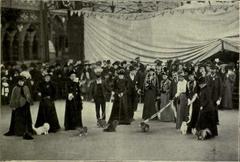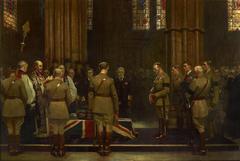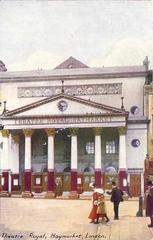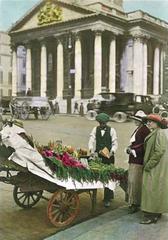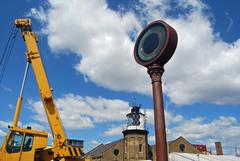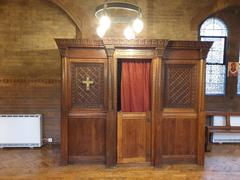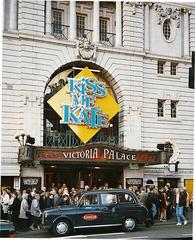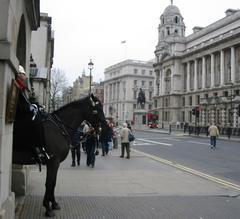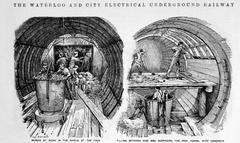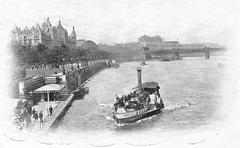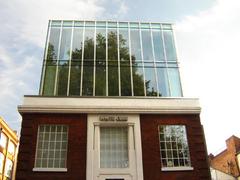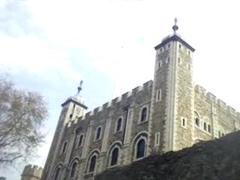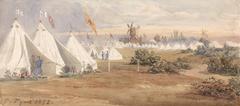London Museum of Water and Steam: Visitor Guide and Tips
Date: 24/07/2024
Introduction
The London Museum of Water and Steam, located on Green Dragon Lane in Brentford, offers an unparalleled journey into the history of water supply and steam engineering in London. This museum is housed in the historic Kew Bridge Waterworks, a site that has been integral to London’s development since the early 19th century. Originally established by the Grand Junction Water Works Company in 1838, the site was a response to the pressing need for cleaner water sources as London grappled with severe pollution and public health crises. Today, the museum stands as a testament to the innovative engineering solutions of the past, featuring a remarkable collection of steam engines and offering educational programs that engage visitors of all ages (Water and Steam, Museums Association).
Table of Contents
- Introduction
- History of the London Museum of Water and Steam
- Visitor Information
- Travel Tips
- Nearby Attractions
- Special Events and Guided Tours
- Photographic Spots
- FAQ
- Conclusion
- Call to Action
History of the London Museum of Water and Steam
Origins and Early Development
The London Museum of Water and Steam has a rich history dating back to the early 19th century. The site originally opened in 1838 as the Kew Bridge Waterworks, operated by the Grand Junction Water Works (GJWW) Company. This was the third location used by the GJWW in their quest to find cleaner water sources for London. The first location, near Paddington Station on the Grand Junction Canal, quickly became inadequate due to pollution and the rapid population growth of London (Water and Steam).
The Move to Kew Bridge
By the 1830s, the GJWW Company recognized the need to relocate once again due to the severe pollution of the River Thames at Chelsea, which had become contaminated with sewage. This pollution led to outbreaks of cholera and other diseases, causing thousands of deaths. The company decided to build the Kew Bridge Waterworks to utilize the cleaner river water available in that area, which was predominantly farmland at the time. The new site included filter beds, reservoirs, engines, boilers, and underground pipe-work to supply water to a growing population (Water and Steam).
Expansion and Technological Advancements
By 1900, the Kew Bridge Waterworks had become a crucial part of London’s water supply network. The clean and constant water supply pumped by the facility played a significant role in the city’s growth. The Grand Junction Water Works Company saw increased profits as London expanded. At its peak, around 80 men were employed at the Kew Bridge site. Surviving payroll records from 1905 provide detailed information about the workers, including their names, job titles, and wages. Some of the nearby houses were owned by the GJWW and rented out to workers and their families (Water and Steam).
Transition to a Museum
The Kew Bridge Waterworks continued to operate until the mid-20th century. As technology advanced and new water supply methods were developed, the site eventually ceased operations. Recognizing the historical significance of the site and its machinery, efforts were made to preserve it as a museum. The London Museum of Water and Steam was established to educate the public about the history of water supply and steam power in London. The museum features a collection of working steam engines, including some of the original pumping engines used at the Kew Bridge Waterworks (Museums Association).
Historical Significance
The London Museum of Water and Steam serves as a testament to the engineering marvels of the 19th and early 20th centuries. The museum’s collection includes several historically significant steam engines, such as the Cornish engines, which were among the most powerful in the world at the time. These engines played a crucial role in providing a reliable water supply to London, helping to improve public health and support the city’s growth. The museum also highlights the social history of the workers who operated the waterworks, providing insights into their lives and working conditions (Water and Steam).
Preservation and Education
Today, the London Museum of Water and Steam continues to preserve and showcase the history of water supply and steam power. The museum offers a range of educational programs and activities for visitors of all ages. Special events, such as the “July Steam Up,” bring the museum’s engines back to life, allowing visitors to experience the power and ingenuity of these historic machines firsthand. The museum also hosts art exhibits, scavenger hunts, and collaborations with organizations like the Royal Society for the Protection of Birds (RSPB) to engage the community and promote environmental awareness (Water and Steam).
Visitor Information
Tickets and Pricing
Tickets for the London Museum of Water and Steam can be purchased online or at the entrance. Prices may vary based on age group and special exhibitions. Discounts are often available for groups, seniors, and students. Check the museum’s official website for the latest ticket prices and any available discounts.
Visiting Hours
The museum is open daily during half terms and the Easter holiday, and from Wednesday to Sunday, plus Bank Holiday Monday, during the summer holidays. It is advisable to check the museum’s official website for the most up-to-date visiting hours before planning your visit.
Accessibility
The London Museum of Water and Steam is committed to providing a welcoming experience for all visitors. The museum is wheelchair accessible, and there are facilities available for visitors with disabilities. For more information on accessibility, visit the museum’s official website.
Travel Tips
To make the most of your visit to the London Museum of Water and Steam, consider these travel tips:
- Best Times to Visit: Weekdays and early mornings are usually less crowded, providing a more relaxed experience.
- Public Transport: The museum is well-connected by public transport. The nearest train station is Kew Bridge, and several bus routes stop nearby.
- Parking: Be aware that the museum car park may be closed on Brentford FC home match fixture dates and for private events throughout the year.
Nearby Attractions
While visiting the London Museum of Water and Steam, you might also be interested in exploring nearby attractions such as Kew Gardens, Gunnersbury Park Museum, and the Musical Museum. These sites offer additional historical and cultural experiences.
Special Events and Guided Tours
The museum hosts special events throughout the year, including steam days, family activities, and themed exhibitions. Guided tours are also available, providing in-depth insights into the history and workings of the museum’s engines. Check the museum’s website for a schedule of upcoming events and tours.
Photographic Spots
The London Museum of Water and Steam offers several picturesque spots perfect for photography. Capture the grandeur of the steam engines, the historic architecture of the waterworks, and the beautiful surrounding gardens.
FAQ
Q: What are the London Museum of Water and Steam visiting hours?
A: The museum is open daily during half terms and the Easter holiday, and from Wednesday to Sunday, plus Bank Holiday Monday, during the summer holidays. Always check the museum’s official website for the most current visiting hours.
Q: How much are tickets to the London Museum of Water and Steam?
A: Ticket prices vary based on age group and special exhibitions. Discounts are often available for groups, seniors, and students. Visit the museum’s official website for the latest ticket prices and discounts.
Q: Is the London Museum of Water and Steam accessible?
A: Yes, the museum is wheelchair accessible and has facilities for visitors with disabilities. For more detailed information, visit the museum’s official website.
Conclusion
The London Museum of Water and Steam offers a fascinating journey through the history of water supply and steam power in London. Visitors can explore the extensive collection of steam engines, participate in interactive exhibits, and enjoy a range of educational programs and special events. Whether you’re a history enthusiast or simply looking for an engaging day out, the museum provides valuable insights into the technological advancements that have shaped modern London.
Call to Action
Plan your visit to the London Museum of Water and Steam today! Purchase your tickets online, check out upcoming events, and follow the museum on social media for the latest updates and special offers.
References
- Water and Steam, 2024, https://waterandsteam.org.uk/our-history/kew-bridge-waterworks/
- Museums Association, 2014, https://www.museumsassociation.org/museums-journal/reviews/2014/09/01102014-london-museum-water-steam/




